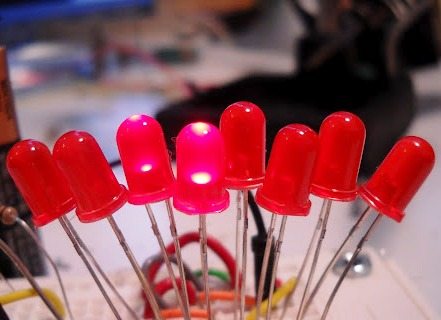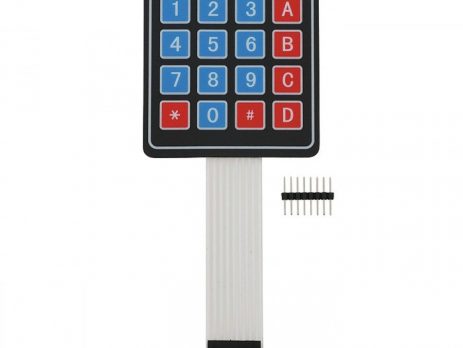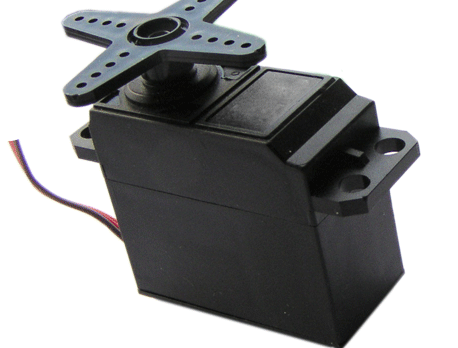Electronics tutorials including microcontroller, microprocessor, programing and circuits. Intended for beginners, electronics hobbyists, college students, professionals and educational purposes.
Blinking LED using PIC Microcontroller with Hi-Tech C
A lot of you may heard about microcontrollers and its applications. Well it is a bit difficult to start learning microcontrollers. And the guides and tutorials also do not start from zero level which makes learning far more difficult than anticipated. I have tried to start from zero level in here also. All you need is the simplest knowledge of electronics or digital circuits. But you surely should have a decent knowledge of C language. The software for programming Microchip microcontrollers...








